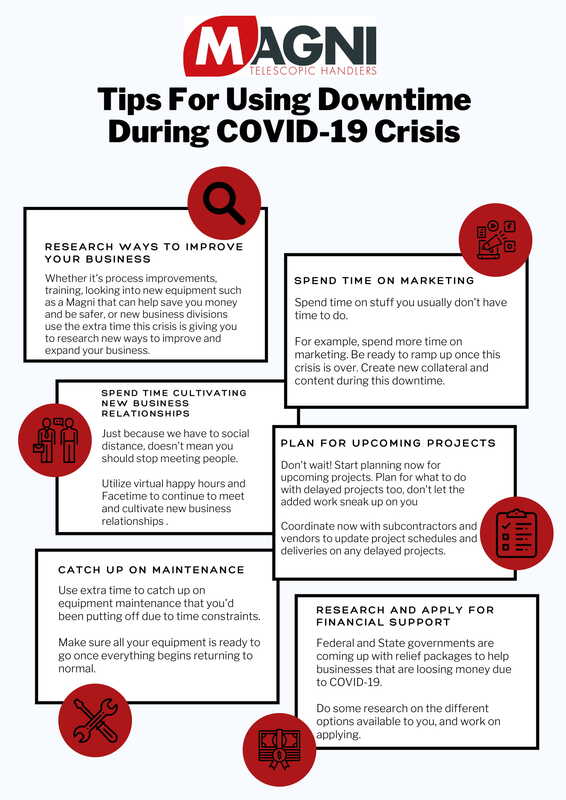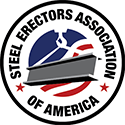|
Personal protective equipment (PPE) is a critical line of defense against the spread of COVID-19. The key is providing your workers the equipment they need based on their level of risk while optimizing your supply.
One challenge many employers are facing during this crisis is maintaining an adequate supply of PPE to meet the needs of their workforce. CDC offers guidance on how you can optimize your PPE supply, including eye protection, gowns and respirators. Click here to read entire article. In light of the coronavirus disease 2019 (COVID-19) pandemic, OSHA understands that some employers may face difficulties complying with OSHA standards due to the ongoing health emergency. Widespread business closures, restrictions on travel, limitations on group sizes, facility visitor prohibitions, and stay-at-home or shelter-in-place requirements may limit the availability of employees, consultants, or contractors who normally provide training, auditing, equipment inspections, testing, and other essential safety and industrial hygiene services. Business closures and other restrictions and limitations may also preclude employee participation in training even when trainers are available. In other situations, access to medical testing facilities may be limited or suspended.
For example, the American College of Occupational and Environmental Medicine issued a recommendation that occupational spirometry testing be suspended because of concerns about spreading droplets containing the COVID-19 virus during spirometry maneuvers. In addition, the Council for Accreditation in Occupational Hearing Conservation issued a recommendation that audiometric evaluations be suspended until normal operations have resumed, in order to minimize the risk to healthcare workers and conserve personal protective equipment. Click here to read the entire memorandum. Construction companies across the globe are readying to return to work following the coronavirus COVID-19 pandemic. If you are part of one of those companies, now is the time to begin to put together a strategy for how to reemerge from the quarantine in a way that is productive, safe, and successful for your business.
Today forward-thinking companies need to be creative and, in many cases, pivot businesses to tap into new opportunities. For many, the answer comes in the form of leveraging new technologies to continue with work in a way that is safe for teams. Click here to read the entire article. OSHA has answered the latest questions regarding proper recordkeeping procedures for work-related COVID-19 cases in its latest memorandum.
The agency has suspended requirements related to COVID-19 for employers outside of the healthcare industry unless there is "objective evidence" that the case is work-related and the evidence was "reasonably available" to the employer. "This enforcement policy will help employers focus their response efforts on implementing good hygiene practices in their workplaces, and otherwise mitigating COVID-19’s effects, rather than on making difficult work-relatedness decisions in circumstances where there is community transmission," the memo states. Click here to read the entire article. Single-family housing starts exemplify the construction economy’s COVID-19 heartbreak in the first quarter of 2020.
Total 2019 residential starts were 1.4 million units, just 0.3% above 2018, with single-family starts down 1,000 and multifamily up 1%. “We expected 2020 single-family starts to decline mildly again,” Richard Branch, chief economist with Dodge Data & Analytics told webinar attendees on April 9. “But Q1 was the best quarter since 2007 – 940,000 units (seasonally adjusted annualized rate).” Then March became a tale of two months; housing starts growing early as the construction season unfolded, in line with March of 2019. And then the virus hit. Construction moratoria and stay-at-home orders in the last week doused so much work. “Q2 home sales probably could fall by 50% compared to Q1, bringing us back to the levels we last saw during the Great Recession in 2007, 2008 and 2009,” Branch says. “And that could be optimistic, depending on how long the stay-at-home and physical-distancing requirements stay in place. Click here to read the entire article. New guidance from the Treasury Department appears to allow any U.S. firms with 500 or fewer employees to qualify for the Small Business Administration's Paycheck Protection Program regardless of revenue, according to the Associated General Contractors of America. The initiative was created as part of the $2 trillion Coronavirus rescue bill enacted late last month.
President Donald Trump's administration released the new guidance yesterday after the AGC raised concerns that many small construction firms appeared to be excluded from the program. While Congress had earlier declared that the program be open to all businesses with 500 or fewer employees, the administration's “interim final rule” issued on April 2 stated that businesses must have 500 or fewer employees and fall below the agency’s small business size standards in order to qualify. The AGC claims the rule would have excluded many construction firms that have fewer than 500 employees but earn more than the SBA rules allow. Click here to read the entire article. For manufacturers that are considered essential and are remaining open, MAGNET: The Manufacturing Advocacy and Growth Network, Northeast Ohio's Manufacturing Extension Partnership (Ohio MEP) partner, has some suggestions on how to keep employees virus-free while working.
In addition to government guidelines which include, Interim Guidance for Businesses and Employers to Plan and Respond to Coronavirus Disease 2019 (COVID-19) Guidance on Preparing Workplaces for COVID-19 the group has sources these suggestions based on what companies both locally and globally are doing. Click here to read the entire article. The National Safety Council (NSC) has been urging companies to take "aggressive" measures to protect its workers from COVID-19.
The organization recently polled its members about the pandemic, 70% of which indicated their workforce is still reporting to a facility or job site. In a subsequent statement released April 2, NSC President and CEO Lorraine Martin said, “In partnership with our employees, we as leaders must be vigilant as we grapple with a workplace safety issue we’ve never seen and face the challenge of protecting those on the front lines. In occupational safety, the onus to protect workers from all hazards, all the time, falls to employers, full stop. In this time of global crisis, we need to understand the critical responsibility we have to our workforce." Click here to read the entire article. While some federal, state and local governments are changing enforcement priorities to lessen the enforcement burden on employers during the Coronavirus pandemic, the Occupational Safety and Health Administration’s (OSHA) regulations remain in full force.
The agency recently released an updated version of its guidance on protecting workplaces, called Preparing Workplaces for COVID-19. Developed in conjunction with the U.S. Department of Health & Human Services (HHS), it contains recommendations regarding safe work practices and personal protective equipment based on different levels of exposure and other risk factors. Click here to read the entire article. |



 RSS Feed
RSS Feed
